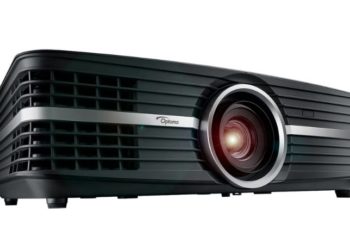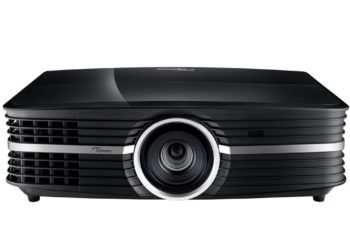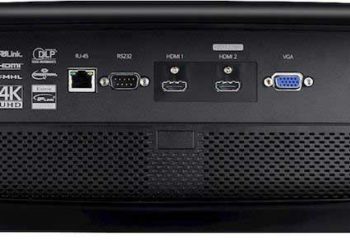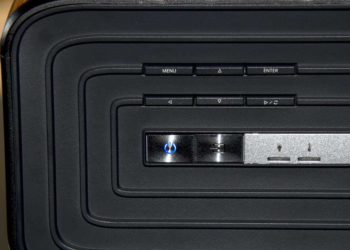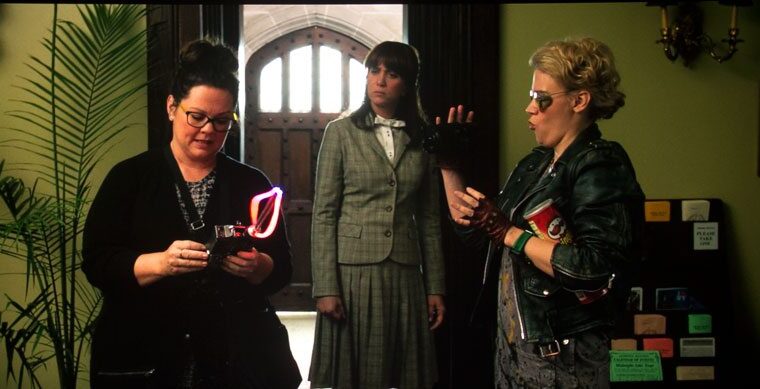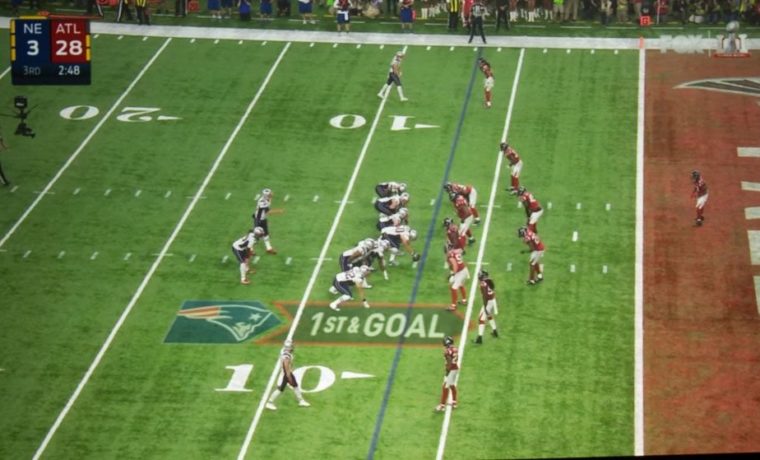As we see it the competition comes in multiple flavors - there are both 1080p projectors with, and without pixel shifting, at that price point, and there should be at least one, possibly two other DLP projector manufacturers, that will offer up competition using the same TI chip set.
That's all the good news. From a moving to 4K standpoint, there's one piece of the puzzle missing, and that relates to BT2020 color - which simply provides richer, more intense colors than the REC 709 standard we've enjoyed all these years for HDTV and Blu-ray movies. Just remember, almost all Blu-ray UHD movies support not only 4K, and HDR, but also that expanded color space of BT2020, or the more practical, obtainable P3 "subset".
Optoma claims in their brochure and in talking with their folks, to support the richer color standard widely used in 4K content and known as BT.2020 (with qualification -sometimes described as DCI - P3). The wider color gamut makes a huge difference. Most projectors that try to support BT2020 come up way short. We'll discuss how well the UHD65 does, it's particularly challenging for lamp based projectors of which the Optoma is one. Still we've seen some excellent results from Sony, JVC and Epson 4K capable lamp based projectors, this is the first of the affordable 4K capable DLP projectors.
I've talked with the DLP projector manufacturers talk about how close they are getting to achieving BT.2020, or P3 within that. So far they aren't claiming to get as close to achieving BT.2020 as the other technologies, but that is likely in part, because can't match the color intensity, that's fair enough - after all, this is the first generation for 4K UHD projectors, and it's aggressively priced.
Keeping things straight when it comes to resolution
One more thought before we get into more of an overview of the projector itself: Just keep in mind, that 2716x1528 is still a far cry from true 4K (either 3840x2160, or true DCI 4K which is 4096x2160, - note that the difference is in aspect ratio, rather than any real difference resolution). Pixel shifting helps, just as it helps the 1080p pixel shifters look sharper than standard 1080p projectors. Appreciate the Optoma for the sharpness it delivers, which is most impressive. Don't fall, however for the 4K UHD hype. Manufacturers tend to want to let readers "assume" it's true 4K, and regularly use terms like 4K processing, 4K Enhancement, etc. In fact most brochures today of 4K UHD projectors proclaim 3840x2160 Resolution, but typically fail to remind us that the size of their pixels is double the area of true 4K pixels, and you just can't get as sharp an image when the pixels are relatively "huge." Roughly speaking, if a true 4K projector's pixels were the size of a nickel,then this projector's would be about the size of a quarter.
That's marketing folks, skip the hype, instead concentrate on the fact that this is a $2500 projector with sharpness we've never seen so good without spending $8000 list price for the lowest cost Sony true 4K. As to the rest of the feature set, picture quality and performance - we'll get to that. That's why our reviews are long, and we like to take lots of pictures of the projector in action!
UHD65
The big feature of the UHD65 is, I repeat, the higher pixel density DLP chip, that meets the 4K UHD standard (which is a half magnitude lower than the 4K standard). After that, very important is the support for HDR - High Dynamic Range, the rest of this Optoma is a pretty typical home projector. Lens functions are manual zoom and focus. Plus, there's vertical lens shift as well. It's a modest amount, allowing only about a foot maximum of placement flexibility, but still can be most helpful in determining best placement of the projector.
I mentioned the lower cost UHD60 above. Let's take a moment to define the difference between the two, (besides the lower $1999 price of the UHD60). These are essentially the same projector with the same feature set, the primary difference is the color filter wheel. Whereas the UHD65 (for a DLP) uses an RGBRGB color wheel, the UHD60 uses a different configuration with a large clear slice. This is typical of home entertainment projectors vs. home theater ones.
That clear slice provides a lot more white lumens, (but less color ones), with the idea being that as a home entertainment projector, the UHD60 needs the extra lumens, at the expense of color saturation. (Whether there's a real benefit in there (other than a higher claimed spec, we'll discuss elsewhere in this review.
In theory, if you have a well-suited viewing room, you want to spend the extra for the UHD65. If you are going for "bright room" use, then the 60 may make more sense and saves you more dollars at the same time.


